Frustrated by urban plant choices, I set out to create a thriving native plant container garden on my small balcony. Through trial and error over 15 years, I’ve discovered what works—and what doesn’t. Here’s what I’ve learned about growing native species in small urban spaces.
Solutions for the frustrated Urban botanist: Making outdoor spaces more ecologically friendly.
By Jeremie Fant, Urban Botanist and Scientist at Chicago Botanic Garden
As an Urban botanist and plant lover, most of my wild plant sightings are of the same aggressive introductions, hanging on in the cracks of the sidewalks. The alternatives are urban gardens, yet most are filled with the same gaudy box-store plants. Don’t get me wrong, I do admire the steadfast dandelion, for its tenacity and beautiful spring colour, and am a huge fan of the wonderful displays of colourful impatiens and petunias that sprinkle our city in summer, and dare I say it, I love the gorgeous red of the aggressive burning bushes each fall. But as a horticulturally trained scientist who spends most of his time studying native species, I know we could do better.
As all passionate about any topic have experienced, knowledge can be a curse. The more you know, the harder it can be to get excited by the everyday. Be it food, cars, architecture, or even plants, whatever you love, we are always aware that things are not always as good as they can be. With over 400,000 plant species in the world, the number I see on my daily walk seems frustratingly low. What is more, I also know that there are always better choices.
Although ginkgo is one of the most beautiful trees to grace my street, with fun fan-shaped leaves, amazing fall colour and the shade it provides, it does not do much for our other city residents. Especially when compared to the native serviceberry I have on my balcony, whose spring flowers are enjoyed by bumblebees, and whose tasty summer berries I share with American robins. Even the pests and diseases occasionally attract predatory insects, which keep them in check. It is interactions like these that remind me why plants can do so much more than just be a pretty and soothing addition to our landscape.
When we bought our condo, I knew that I would use our small 5 x 10 balcony to scratch my plant itch. I love my neighborhood, but this frustrated botanist needed some well-chosen green space in his life to be complete. I was determined to use every inch of space my partner would allow, given they also wanted to be able to sit outside. Also, I was determined that everything I planted would be native. I would like to say this is because I wanted to help save the bees, but the reality is I am a plant nerd and just really love our native Illinois prairie species.
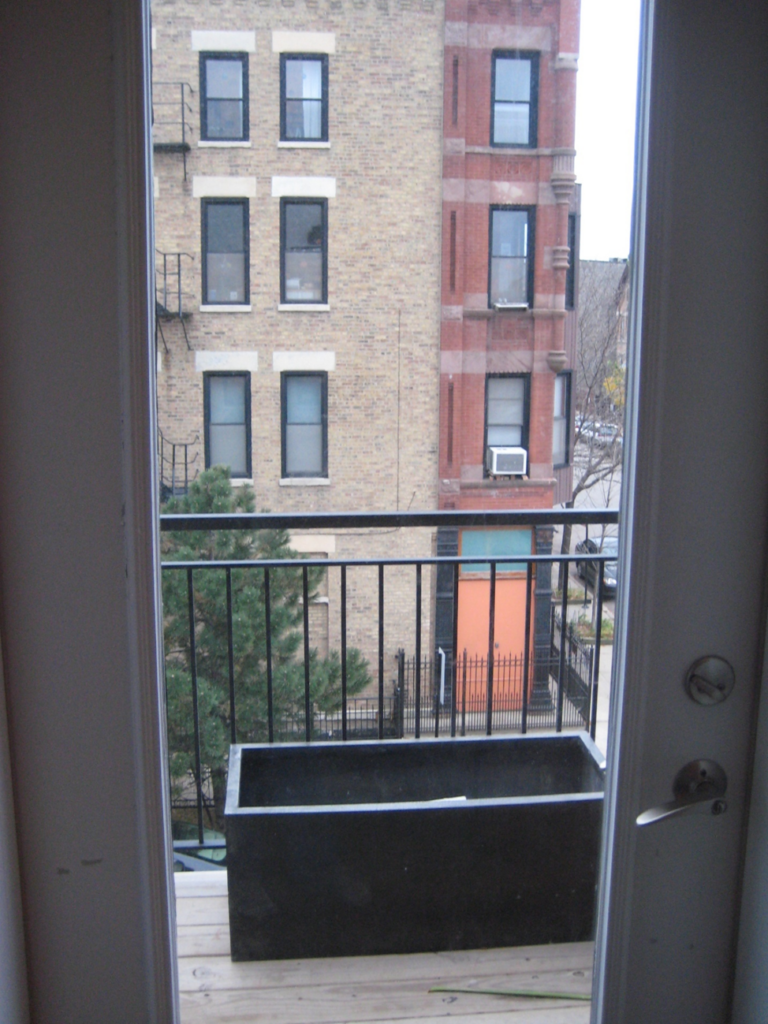

When I set out to do this 15 years ago, there was very little information on growing native plants in pots, let alone guides on how to do it. I knew this would not be an easy task. Many natives have deep roots and would take 2-3 years to flower, so this meant they would need big pots and be able to overwinter outside. I knew that native plants can handle the coldest of Chicago winters but a pot is not equivalent to being in the ground, where roots are more insulated from freezing. So my first job was selecting my pot.
Pots
When choosing pots, I knew that some materials do not tolerate freezing. That excluded many options, including terracotta, pottery, and even some forms of plastic, which can become brittle in the cold. I originally chose to use fiberglass, which I knew came in many sizes, was light, and could handle the cold. I have also recently used steel and concrete, although concrete was way too heavy for my balcony but may work on the ground. I also decided deeper pots would be best, to accommodate the long roots of some natives. I chose four pots that were at least 16 inches deep, although they varied in width and breadth. I later learned at Chicago Botanic Gardens that many native plants can grow fine on green roofs in much shallower depths despite the impression their deep roots might give. Nonetheless, I still think going for maximum volume is best to avoid damage that happens to roots during the freeze-thaw of Chicago’s winters & early spring. This has been one of the key issues to contend with that has impacted multi-year survival. Hence, given the threat of freeze-thaw, I always advocate insulating the inside of my pots. There are many ways to do this, but I often have used pieces of Styrofoam material on the inside of pot walls before I add the soil.
Soil
In Illinois, most of the variation in native plant communities does not come from topographic variation but from differences in the makeup of the soil. To maximize biodiversity, I knew I couldn’t use the same soil mix in every pot. Different native plants thrive in different soil conditions, so I tailored each pot’s soil to better match the habitat needs of the plants I selected. As every gardener or farmer knows, proper soil preparation is critical, and when done right, it can save years of heartache. We have learnt that dirt in a pot is not the same as the soil in the ground. Commercial specialized soil mixes are often designed to offset the differences. I knew I could never replicate the complexity of the native Illinois Prairie soils and was concerned about the weight that large pots filled with soil would have on my balcony. So, I decided to start with a high-quality commercial potting mix as my base, which I supplemented with soil amendments that would change the properties that aligned with soil types. I added peat to create wetter prairie conditions, while I used sand and vermiculite to increase drainage for drier prairies, and in my nerdiest case, pieces of rubber to emulate gravelly soils. I realize now that in my experimentation, I might have overthought this a little too much, but I did enjoy playing around. In hindsight, I would just recommend starting with a high-quality potting mix, which is often all you need. However, it is worth augmenting with some lightweight additions that can increase drainage or hold moisture depending on the plants you choose.
Plants
With pots prepared and soil in place I now got to the fun part of choosing my plants. As a botanist and a gardener, I know that after soil, identifying the right plant for the site is the best way to minimize maintenance needs. Not to mention, when you have a good match, plants thrive, ensuring glorious displays. With roughly 2,300 species native to Illinois, I knew I had a few to choose from. To narrow my list, I first considered the aspects and conditions I have to offer. I’m lucky that we have a south-facing balcony. This meant plants needed to tolerate full sun, although 15 years on, we now have trees shading our balcony. Using this information, I looked for examples of Illinois natural areas that had these sun and soil preferences. The easiest thing for me was to identify a species list from habitats or ecosystems that align with these conditions, such as sand prairie species or wetland species. No matter how artificial or man-made our landscapes are there are always natural equivalents, but what is most relevant is there will be plants that can handle these conditions. Regardless of whether it’s a dark forest, rocky crevices, cave edges, surface bedrock, or sandy dunes, there are plants that will find a way to grow and even thrive in these often harsh conditions.
I decided on four habitat types: sand prairie, wetland, gravel hill and savannah edge. I opted not to include mesic prairie as plants would be too tall, and forest as my site was too sunny. With a select plant list in hand to focus on, I started to filter out based on what I wanted for my balcony. I knew I wanted something a little showy; this is a garden, after all. I also wanted them to be short, nothing too tall, and nothing too large or aggressive so I could put multiple species per pot. I also preferred plants that were more drought tolerant, as I knew I would forget to water them occasionally. I also species not at the northern edge of the range, since I wanted them as cold tolerant as possible, given how harsh our winters would be for pots. This still provided me with quite a long list of options. A list that only gets longer the more I hike in natural areas, which never fails to reveal another favourite native I would love to see growing outside my window. Unfortunately, my wish list was somewhat limited by what was available commercially.
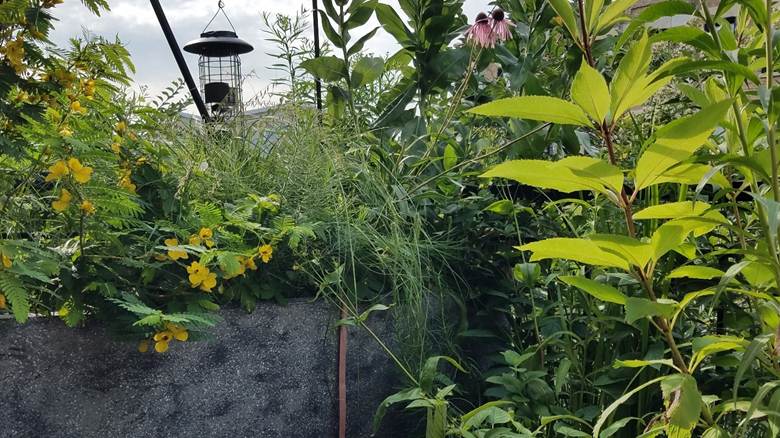
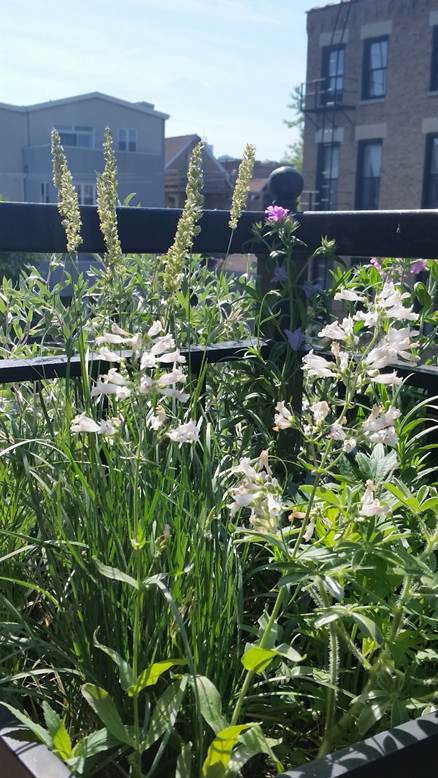
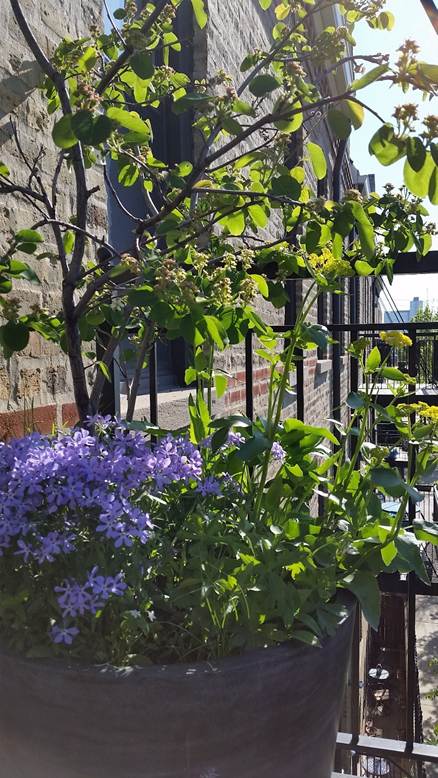
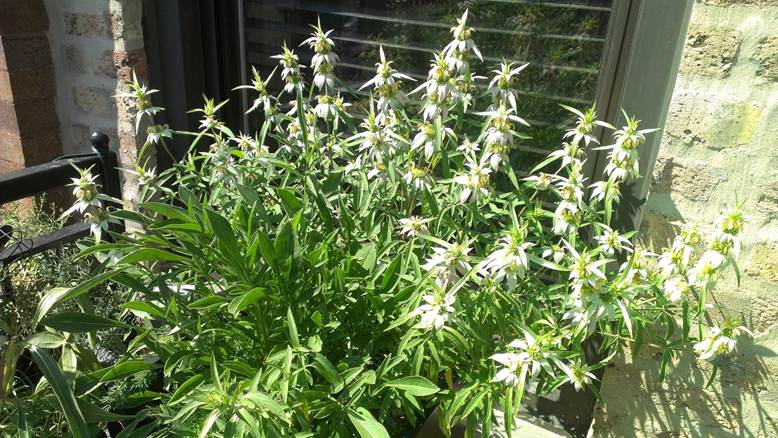
Lessons from 15 Years of Trial and Error
In 2009, this naive young gardener and frustrated urban botanist started with the best of his knowledge and gave it a go. He had some wins and losses. I learned a lot from trial and error. The ups and downs of the yearly weather patterns, including frigid winters, excessively wet springs, and very hot summers, pushed plants to extremes. Some survived regardless, some did not, but ultimately, the plants taught him what they liked and needed. Some have persisted for the full 15 years, while some have stuck around for several years but then went, and some just refused all attempts. As a scientist, I could not resist keeping logs of what was planted and how long they lasted. I have 15 years of data, which I am always happy to share, but have learnt a lot… here are some of my take-homes.
I’d like to start with some broad sweeping generalizations and stand-out trends. Generally, this is not a sentence that sits comfortably with this scientist, and more accurately, I would prefer to say that I made some observations that require more testing. But that is just less exciting… and after all, I see gardening as just one experimentation after all. With that caveat out of the way, I can say that I noticed that two plant groups that do best overwintering are the plants that self-seed or are annual, which bypass the winter altogether (in my pots the best are horsemint (Monarda punctata), anise hyssop (Agastache foeniculum) and partridge pea (Chamaecrista fasciculata)) and then plants that don’t have thick taproots. I found fibrous-rooted plants (Carex and grasses) and rhizomatous species (Fringed loosestrife (Lysimachia ciliata) and many asters) seem to be able to handle freezing the best.
The other thing I noticed is that “nurse” plants seem to increase survival. By that I mean plants that seem to give some structure both above and below ground and stop the pot from being a barren wasteland in winter. My best examples I think are carex species. Their leaves form a thick duff even in winter which can insulate the base of some plants which grow by them. Similarly, though, I think their roots play an important role in holding soil to minimize aggressive freeze-thaw. This is something I would love to test more since it speaks to how diversity supports diversity even in pots.
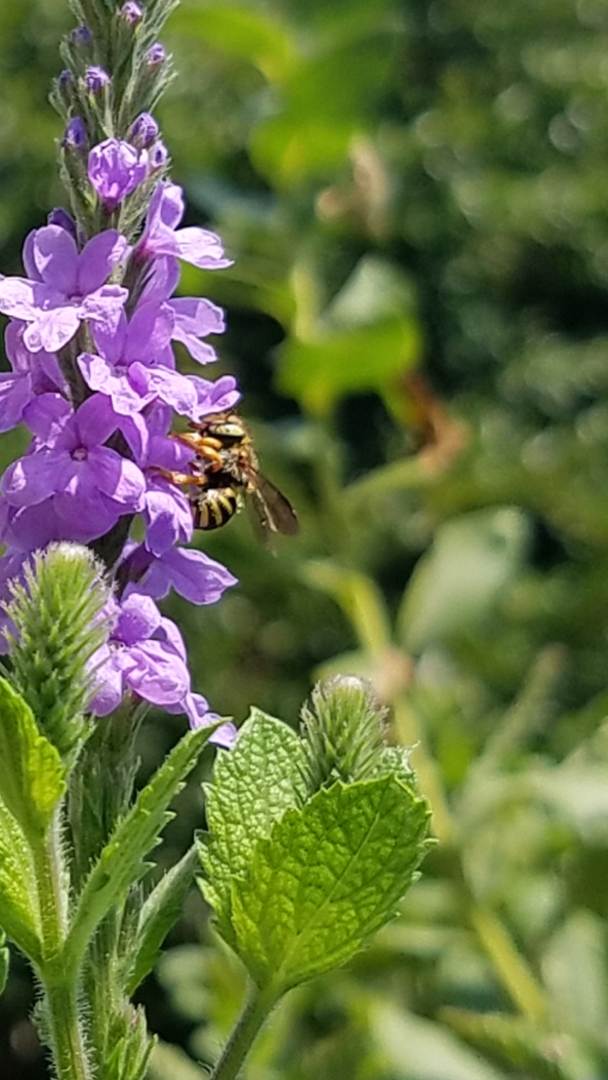
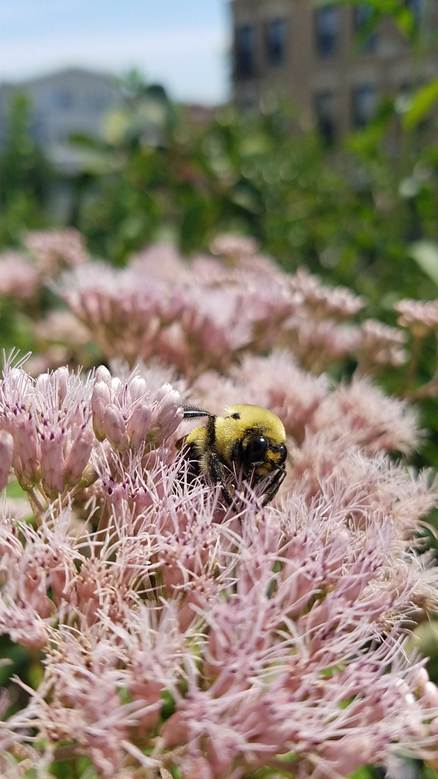
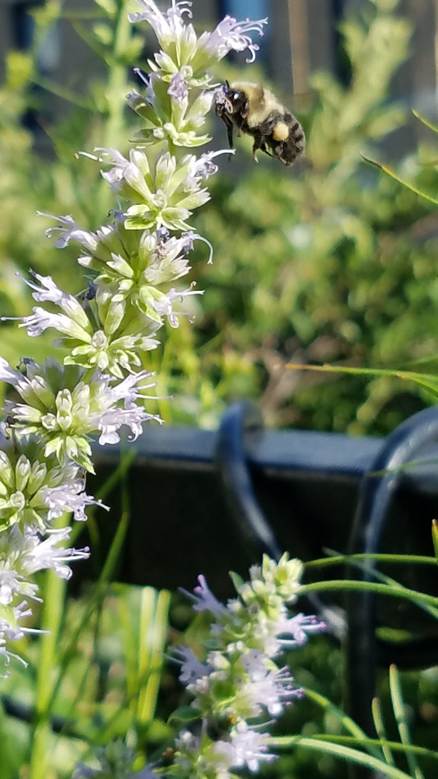
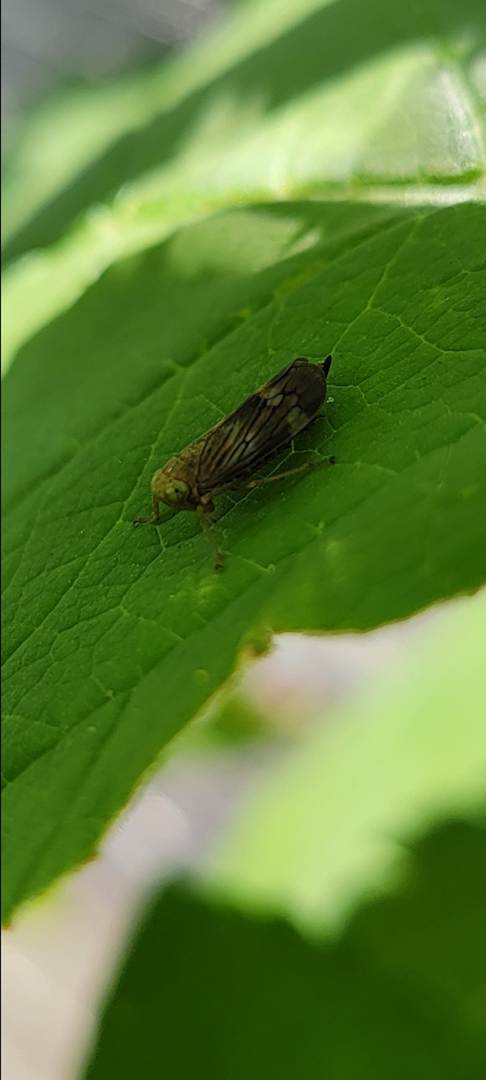
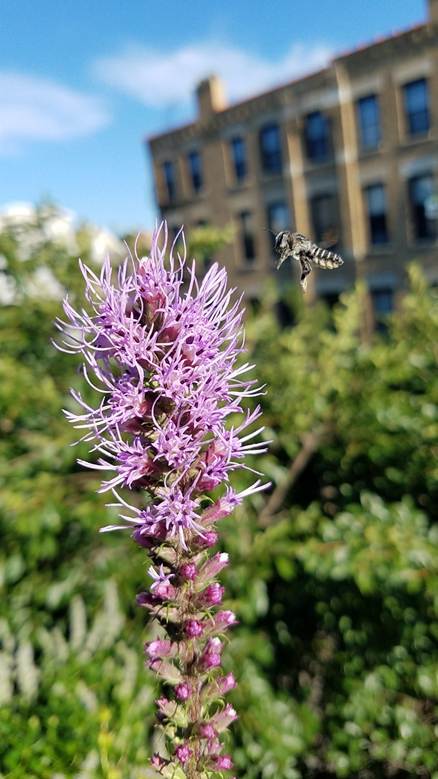
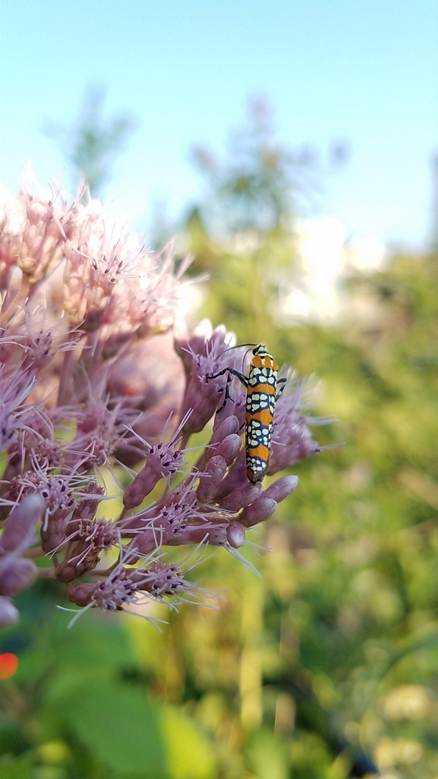
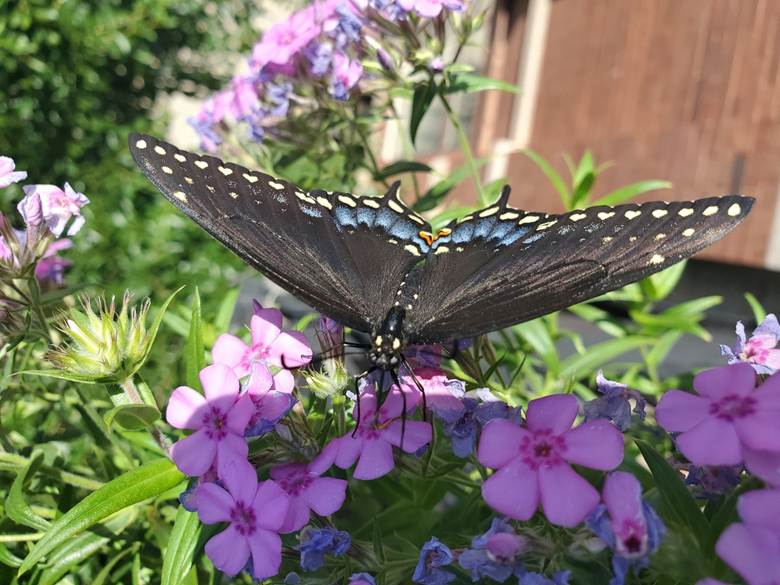
Top Native Plants for Container Gardens
I have compiled a list of many of the plants that I have tried and how well they did over the past 15 years. Download it here.
Before I tell you about some of my winners, I wanted to list some plants I listed as poor performers but that deserve to be winners. These plants were great in pots but for me, they grew a little too well and so dominated more than I liked. But I think they are great plants for containers.
The Overachievers
I would recommend these for first-time growers as these were overall really robust.
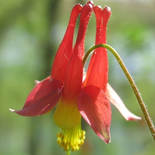
Red Columbine(Aquilegia canadensis)
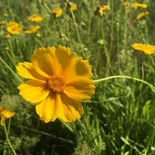
Lanceleaf Tickseed(Coreopsis lanceolata)
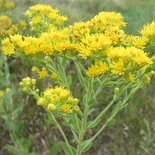
Stiff Goldenrod(Oligoneuron rigidum)
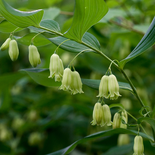
Smooth Solomon's Seal(Polygonatum biflorum)
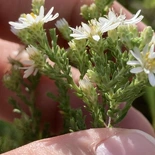
White Heath Aster(Symphyotrichum ericoides)
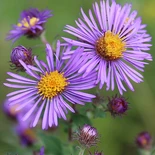
New England Aster(Symphyotrichum novae-angliae)
Best Performers
I would refer you to my list. There were 23 total – 16 Forbs and 7 Graminoids. These were reliable in some of the best and worst conditions. Some of my favourites:
- Chamaecrista fasciculata – Partridge pea – Reseeds well and attracts pollinators
- Allium cernuum – Nodding onion – Chicago namesake, reliable performer
- Monarda punctata – Spotted beebalm – Self-seeds, attracts wasps and other pollinators
- Phlox bifida bifida and Phlox divaricata – Sand phlox and woodland phlox -Both are showy and rewarding to grow
- Symphyotrichum oblongifolium – Aromatic aster -Not too aggressive, excellent fall color
Graminoids
- Carex spp – I love all my sedges. I think they are a wonderful addition
- Koeleria cristata – Prairie Junegrass – A little big but such a nice shape and obedient in growth
- Sporobolus heterolepis – Prairie dropseed – Love the fall seeds, and it smells wonderful in autumn
Good Performers
This list is longer. These are all wonderful, and the only reason they did not make Best is that there was something about them that did not work, either they did not perform well every year or were a little messy, but they were still worthwhile. There were 23 total – 1 bulb, 1 fern, 21 Forbs and 7 Graminoids on one tree. These were reliable in some of the best and worst conditions. Some of my favourites.
- Agastache Foeniculum – Anise hyssop – This is almost a BEST, but it is a little messy and big, but boy, do pollinators love it. It also self-seeds nicely.
- Anemone canadensis – Canada anemone – A little aggressive but nice display
- Campanula rotundifolia – Harebell – A little messy but so beautiful
- Dalea spp – Prairie clovers – Such great displays but do not always overwinter well
- Lysimachia ciliata – Fringed loosestrife – This was a surprise. The colour and floral display are wonderful, although also aggressive
- Silene stellata – Starry campion – Love the flowers.
- Uvularia grandiflora – Large-flowered bellwort – A personal favorite that lived many years but did not always flower ☹
Other noteworthy
Tree: Amelanchier alnifolia (Saskatoon serviceberry) – This is not from the Midwest but it was what was available 15 years ago. It flowers, fruits and fall colour are always a winner. I am sure midwestern serviceberries would work well too.
Ferns: I tried two species – Onoclea sensibilis (sensitive fern) was a great performer. Polystichium acrostichoides (Christmas fern) was a little hit or miss with overwintering but was wonderful overall.
Carex spp: There are literally hundreds of species but they are my personal MUST; they provide a nice green structure to pots and help with pot community structure and health. Love them!
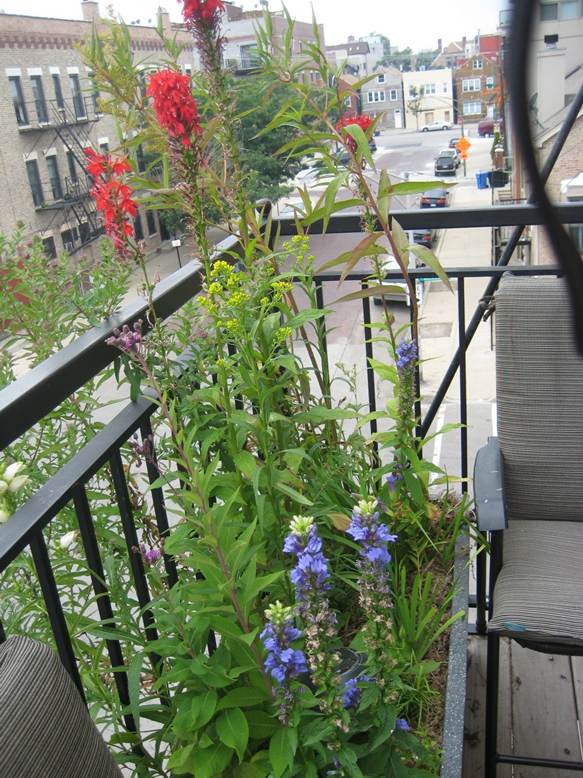
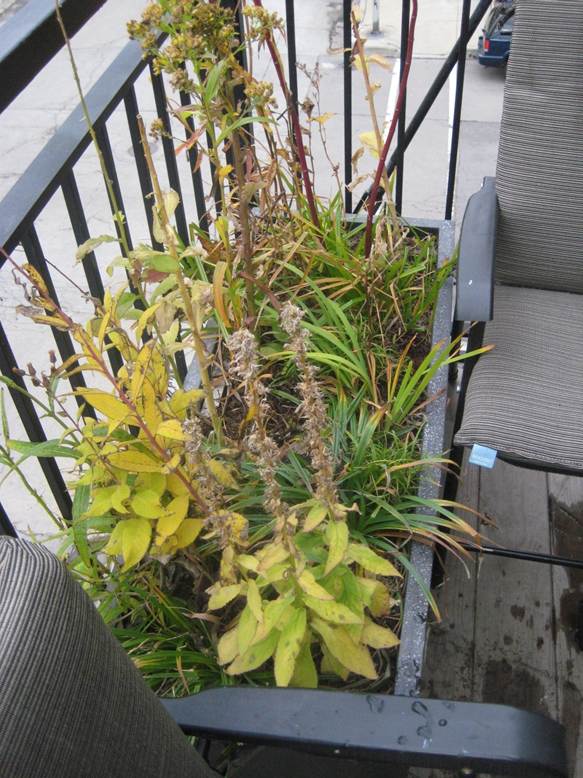
To finish, one big challenge for over-wintering will always be the freezing and thawing of the soil. And this is something it would be great to have more data on. I have some people say wet soil handles freeze-thaw better, but others have argued the reverse, that dry soils experience less freeze-thaw damage. I am not sure I know, although I lean towards the latter. Regardless of what you choose, the thing my 15 years have shown me, is that there are way more plants that can handle it than I originally thought. I will continue to try and continue to fail, but will keep trying, because the ones that win continue to bring me, and some other urban residents, lots of joy. I have only scratched the surface of the Illinois natives that I love.
Hopefully, my experience can help you start with some winners and encourages you to experiment yourself to find new ones
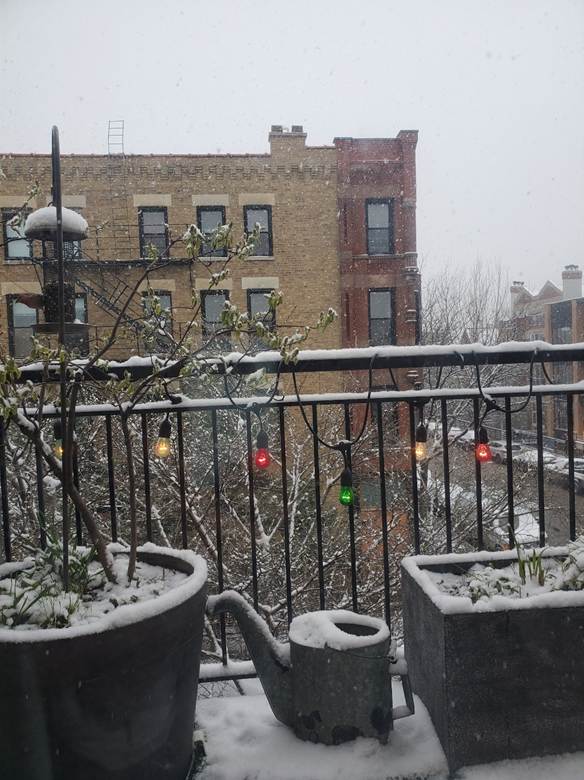
Jeremie Fant is Director of Conservation at Negaunee Institute of the Chicago Botanic Garden. Originally from Australia, he got his Degree in Horticulture from the University of Adelaide and then went on to get his Doctorate in Genetics at the University of Cambridge in the UK. He moved to Chicago 21 years ago to work at Chicago Botanic Garden, where he studies best practices to conserve genetic diversity in the wild and plant living collections. (Websites: http://sites.northwestern.edu/fant-lab/ & http://www.chicagobotanic.org/research; Email [email protected])

